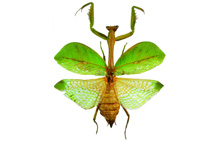Abstract
Based on published records and new data accumulated by the authors, we generated a list of the helminth parasites of marine mammals from off the coast of Argentina. We found 49 reports of helminths parasitizing cetaceans and pinnipeds from Argentina from 1952 to 2015. The list includes 54 taxa of helminths (8 acanthocephalans, 24 nematodes, 11 cestodes and 11 trematodes) associated with 18 species of cetaceans and 5 species of pinnipeds. Most of the records represent adults (5 acanthocephalans, 16 nematodes, 6 cestodes and 11 trematodes), followed by larvae (10 nematodes and 3 metacestodes) and juveniles (4 acanthocephalans and 2 cestodes). The checklist contains 24 named species (5 acanthocephalans, 8 nematodes, 4 cestodes and 7 trematodes) and 30 undetermined helminth taxa (3 acanthocephalans, 16 nematodes, 7 cestodes and 4 trematodes). The present account contains a parasite/host lists and information on the habitat, developmental stage and distribution of the parasites listed, repositories of their type and voucher specimens and references. A host-parasite list is also presented. The data compiled on the helminth of marine mammals from Argentina in the present study revealed gaps in the knowledge of their taxonomic identification, composition, distribution, host specificity and life cycles. These gaps are also briefly discussed in order to provide an outline for future research.

